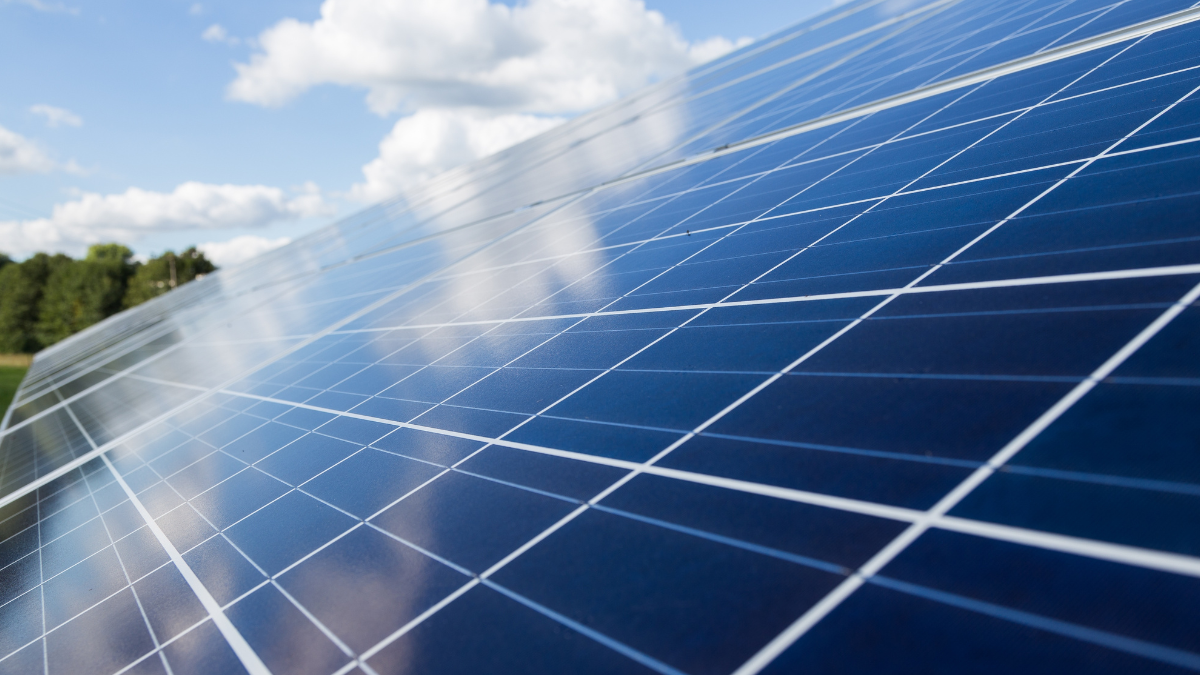Rooftop solar capacity increased by almost half last year and is increasingly fueling a global installation boom, according to SolarPower Europe’s most recent Global Market Outlook.

Rooftop solar capacity increased by almost half last year and is increasingly fueling a global installation boom, according to SolarPower Europe’s most recent Global Market Outlook.
According to the report, rooftop solar installations increased by 49% last year to 118 GW, which means 36 million more homes were powered by solar at the end of the year. This information was made public ahead of the Intersolar exposition and conference, which begins this week in Munich.
As a result, total solar installations worldwide increased to 1.18 terawatt (TW) at the end of last year, a record 239 GW, or 45% more than the previous year.
Aristotelis Chantavas, president of SolarPower Europe, stated that “the world has realised that fossil fuel crises are the crises that never really go away.”
People are turning to solar more than ever before, and this is happening everywhere in the world. Solar energy has continued to shine in a year that has been dominated by the energy and climate crises.
The boom in installations of Rooftop solar capacity is expected to continue to grow. By the end of the decade, new solar capacity added annually could reach 1TW, according to projections made by the industry group and its partner, the Global Solar Council, which predict additions of 341-402GW this year.
According to SolarPower Europe, 20 out of 26 significant solar countries (those that add more than 1GW per year) cite grid bottlenecks as a major obstacle to solar development, and in order to achieve that, it is necessary to overcome limited grid capacity and a lack of flexibility or storage in national power systems.
Grids and flexibility, according to Michael Schmela, director of market intelligence at SolarPower Europe, are the “sleeping giant” of the energy transition. The giant is now waking up.
We need to be able to use the massive amounts of solar that we are installing when we need to.
“Upgrading electricity and storage infrastructure must be a political priority for all governments worldwide.”
The Southeast Asian region received particular attention in this year’s report, where 3.4 GW of solar capacity was installed in 2018, less than the 4.2 GW in 2021 or the record 13.1 GW in 2020. Nevertheless, the report estimated that more than 20GW per year will be installed by 2027 due to the region’s irradiance, rising power demand, and supportive government policies.
According to Tetchi Capellan, general secretary of the Asian Photovoltaic Industry Association, “Solar’s technical and cost profile makes it an ideal solution for Southeast Asia to decarbonise its economies, while bringing clean, democratised energy to its growing populations.”
“The solar boom in Southeast Asia is just getting started.” Last year, China once more outperformed all other solar markets, adding nearly 100GW (94.7GW) on its own, or more than a third of the total capacity installed globally. The US came in second with 21.9GW in additions.
India came in third with 17.4 GW of new solar installations in 2022, behind Brazil (+10.9 GW), Spain (8.4 GW), and Germany (7.4GW). 46.1 GW were added in total in Europe.
With 1,191 watts installed per person, Australia had the highest overall solar penetration. The Netherlands and Germany are next, with 1,029 and 815 workers per capita, respectively.